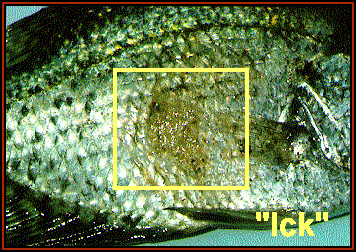
|

|
Protozoans, Apicomplexa, Myxozoans, and Cilitates are the parasites with
the smallest size, most unable to be seen with the naked eye. The protozoans are usually just single-cell organisms, and live
either alone or in colonies. Most protozoans are harmless, but parasitic ones are dangerous because of their reactions with
the inner workings of the human body. Some, like Entamoeba histolytica affect the inner workings of the cell to have
a more comfortable environment, killing cells in the process. Others, such as Giardia Lambia, just interfere with
the natural process in the body.
Apicomplexa are parasitic one-celled organisms. They are so called because of their defining feature, an apical complex
of microtubes within the cell. Basically, all that means is that they have a lot of small tubes located near the top middle
of their structures. They are also noticable because they infect all animals, both vertebrates and invertebrates. These organisms
can cause effects that range from the unnoticable (redding of the skin) to fatalities. Some known species are the ones that
come from the genus Plasmodium. This type is the kind that causes the disease Malaria. On the other hand however,
scientists are using the Apicomplexa to control populations of insect pests.
Myxozoans are parasitic protozoans that live mostly in cold-blooded animals, mostly fish. An example of some of the disease
it carries, and the most problematic one, is Myxobolus cerebralis, which causes whirling disease. It is so called,
because of the behavior of the infected, in which they start swimming around in circles if they get hungry or get confused.
The problem is, as the myxozoan reproduces, it causes deformities in the fish, and even death, especially in young fish.
Ciliates are different from the others in that they have hair-like cilia covering them which allows them to move around.
The tiny hairs act like paddles which move quickly, allowing transportation. One example is Ichtyophthirius multifiliis,
which causes Ick in fish, a fitting name for such a disease. They make pustules on a fish's skin. When it ruptures, tiny spores
explode from the site and land any other fish nearby. Thus, that is how it reproduces and survives. The effects of ick are
shown in the picture to the right.

|

|

|

